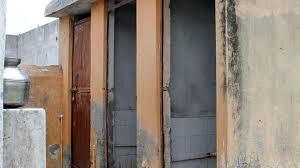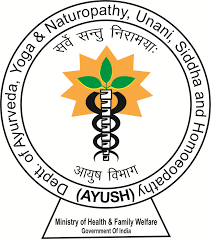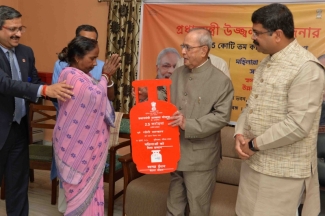
At least 100.7 million toilets were built under the Swachh Bharat Mission (SBM) across the country to take the toilet coverage from 38.7% on Oct 2, 2014, to 100% on October 2, 2019, according to the jal shakti ministry data. The coverage is seen to have contributed to rural India achieving the open-defecation free (ODF) status within five years.
Experts say while the last mile challenges like access to safe water and functioning soak pits for human excreta remain, providing an estimated 500 million toilets to prevent open defecation has brought measurable public health gains.
Three of the top seven causes of disease and death in India – malnutrition, dietary risks, and poor WASH (water, sanitation, and hygiene) practices -- are directly linked with poor sanitation services and poor hygiene practices.
Poor sanitation is the leading cause of frequent diarrhoea, malnutrition, cholera, hepatitis A and E (jaundice), worm infestations, typhoid, and other enteric fevers. They lead to chronic malnutrition and lowered immunity that further feeds the infectious disease cycle.
Improved sanitation has prevented at least 300,000 deaths from diarrhoea and protein-energy malnutrition between 2014 and October 2019, according to a World Health Organisation (WHO) estimation of the health impacts of SBM.
“Improving sanitation is helping India meet SDGs [Sustainable Development Goals] by improving health, nutritional status, gender equity by keeping girls in school, reducing poverty, and providing people a life of dignity,” said WHO South-East Asia’s regional director Dr Poonam Khetrapal Singh.
Read more of this encouraging news in a report by Sanchita Sharma published in Hindustan Times... (Link given below)












